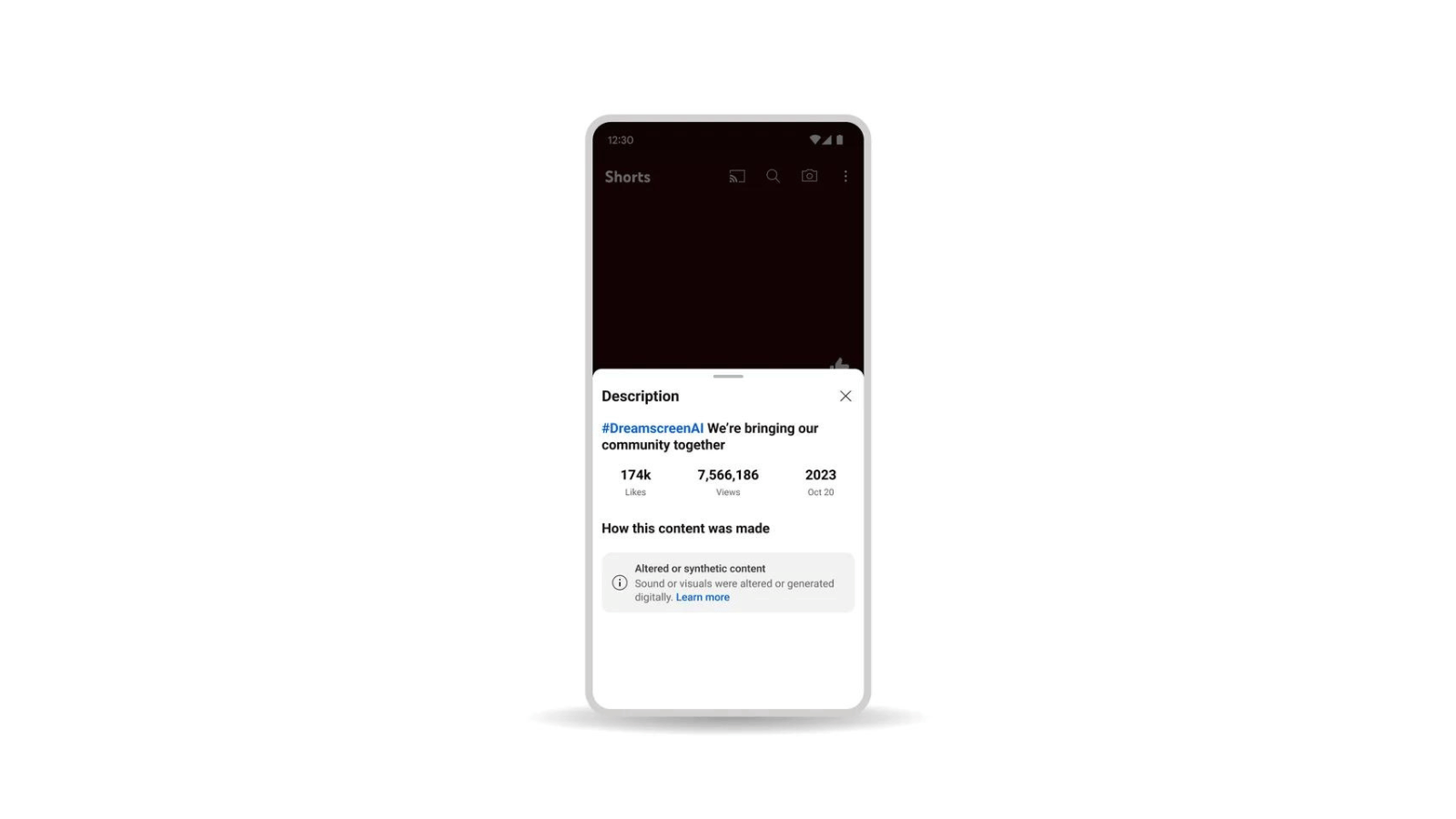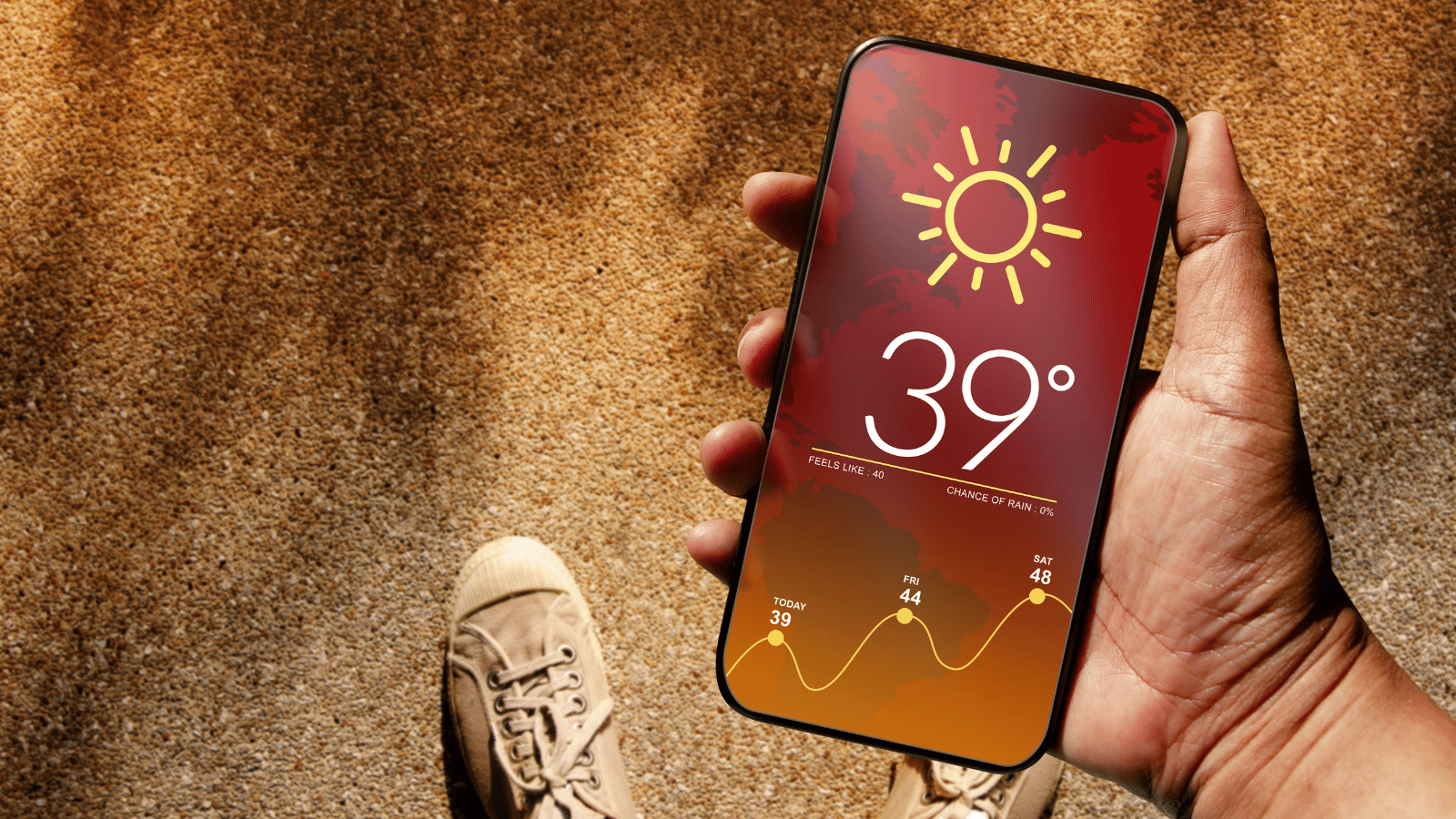YouTube’s artificially intelligent policies
AI isn’t going away anytime soon. If you don’t believe that, we have one question: which rock have you been living under? Companies have spent the last twelve months playing catch-up to OpenAI’s ChatGPT, so much so that YouTube has had to alter its existing policies or create new ones to explain how it will handle AI-created content, with the changes expected in the coming months.
The first change involves YouTube’s new rule that’ll require all content creators across the platform to disclose if their video includes anything that’s been altered or generated entirely by artificial intelligence. Post an AI-generated video which “depicts an event that never happened, or content showing someone saying or doing something they didn’t actually do” without the necessary disclosure, and it may be “subject to content removal, suspension from the YouTube Partner Program, or other penalties.”
The new disclosure policy goes hand-in-hand with the incoming AI labels that’ll feature on videos that have been marked as “Altered or synthetic content”. Usually, the label will be found in a video’s description. However, a more prominent label will be displayed if the content is potentially sensitive to better combat misinformation and keep users in the loop.
Finally, the platform is making it possible to request the removal of AI-generated content that simulates a recognizable person – whether it’s their face or voice. That could mean the end of Trump, Biden and Obama’s friendship across Shorts. The same goes for YouTube’s music partners, who can request the removal of music that mimics their own content too similarly.
The Pinnacle of NFTs
Contrary to popular belief, NFTs are still a thing. They’re dying a slow death – sped up by the recent controversy that saw ‘severe eye burn’ for ApeFest attendees at the hands of the Bored Ape Yacht Club. That’s old news, though. The House of Mouse is looking to resuscitate the NFT hype with the launch of Disney Pinnacle, an “all-new socially driven collectible experience.”
Without calling them ‘NFTs’, Pinnacle will turn some of Disney’s biggest characters from its extensive catalogue of films into tradeable digital pins. So, NFTs. The Pinnacle website doesn’t do much to explain the company’s decision to start selling NFTs or what they’ll actually do – but does give anyone interested a chance to join the waitlist.
The NFT tradeable digital pin collection is first being launched through an iOS app, though web and Android apps are coming sometime after the initial launch according to CoinDesk. Pinnacle doesn’t have much more than a basic animation of what the pins look like to entice potential buyers. When your customer market is NFT buyers, though, that’s probably not a major issue. These are the people who spent $52 million on an NFT clock unironically.
Google’s AI Weatherman is the best there is
Weather forecasting has always been a hit-or-miss business. There’s only so much one can do to predict an area’s future, and mistakes are bound to happen. Google DeepMind wants to avoid the guesswork, having just announced GraphCast – an artificially intelligent weather forecasting system that beats out current systems more than 90% of the time. It promises altogether better, speedier and more energy-efficient predictions than the tech that currently runs your weather apps.
The world’s weather forecasts run on a system known as “numerical weather prediction (NWP).” NWP uses the principles of fluid dynamics, thermodynamics, and other atmospheric sciences alongside current weather conditions to simulate upcoming changes in a specific location. It’s not cheap, occasionally inaccurate, and needs some beefy computing power to run.
GraphCast doesn’t rely on any of that. The best tool in its arsenal is historical data, allowing it to make predictions based on what’s happened in the past. We won’t bore you with the details, but it’s not bogged down by the same limitations as NWP and doesn’t need nearly as much computing power.
“We believe this marks a turning point in weather forecasting,” a team of Google’s researchers wrote in a study published on Tuesday, before noting that the tech shouldn’t be considered as a complete replacement for the current systems in place.
“Rather, our work should be interpreted as evidence that [machine learning weather prediction] is able to meet the challenges of real-world forecasting problems and has potential to complement and improve the current best methods.”
There’s nothing to suggest that GraphCast will become the gold standard for weather forecasting anytime soon (or ever), though Google has open-sourced the model’s code to encourage its use worldwide.
Batmite, is that you?
Unfortunately, we’re still years away from seeing Batman on the big screen again – a process that wasn’t sped up by that actors’ strike that we only recently saw the end of. Warner Brothers wants to offset that Batman fever with Merry Little Batman, an animated film that puts Damian Wayne in his father’s shoes to save Christmas.
That’s what the trailer is promising, anyways. It’s got Mike Roth at the helm, with Morgan Evans and Jase Ricci as the series’ head writers with Luke Wilson taking on the role of Bruce Wayne, while Yonas Kibreab will be playing the lead as Damian Wayne, James Cromwell, and David Hornsby are set to appear alongside him in the movie.
And no, this won’t be getting a theatrical release. It’s slated as a straight-to-streaming movie that’ll be released on Prime Video come 8 December. This being a Warner Brothers Animation project, it was initially meant to land on ‘Max’ before it was scrapped alongside several other binned animated Batman productions before being picked up by the highest bidder.
Here’s the official synopsis: “This Christmas, Damian Wayne wants to be a superhero like his dad—the one and only Batman. When Damian is left home alone while Batman takes on Gotham’s worst supervillains on Christmas Eve, he stumbles upon a villainous plot to steal Christmas and leaps at the chance to save the day.”







